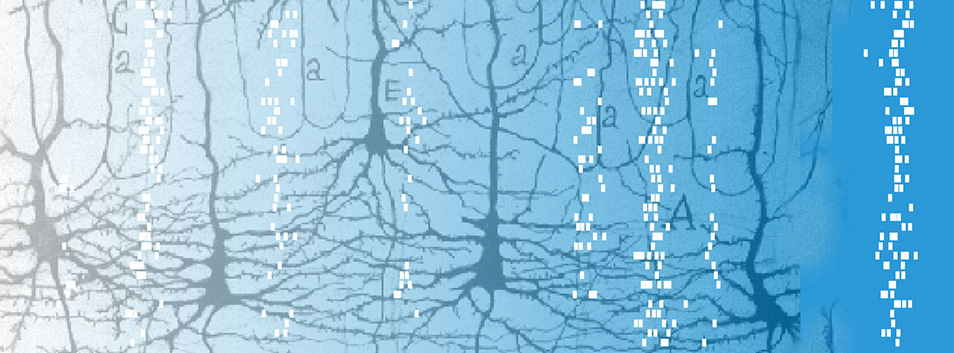We are a computational and theoretical neuroscience research group at the University of Maryland College Park, focused on understanding how the neural systems perform the complex computations underlying natural intelligence. We focus on the sensory cortex: studying both the computations underlying hierarchical processing of sensory information, and how this is modulated by top-down influences related to behavioral context and active sensing. We combine cutting-edge approaches in statistical computation and machine learning combined with state-of-the-art experimental neurophysiology recorded in collaboration with local, national and international collaborators.
OPPORTUNITIES FOR POSTDOCS. We are seeking a brilliant postdoc to study high-acuity vision combining large-scale electrophysiology and deep computational modeling in collaboration with the Conway lab (NIH). Prior experience in related areas (broadly speaking) is necessary. If interested, please email Dan Butts with a CV and brief research statement.
OPPORTUNITIES FOR GRADUATE STUDENTS. We are always looking for genius graduate students to work on ongoing research projects, and recruit through many UMD graduate programs including Neuroscience (NACS), Applied Math (AMSC), Biophysics, and Electrical and Computer Engineering. Note all admissions occurs in the fall, and contact Dan Butts if you are interested in applying.
OPPORTUNITIES FOR UNDERGRADUATE RESEARCH. There are opportunities for talented undergraduates to be involved in research projects in the lab, given sufficient background in computer programming and applications of mathematics coursework up through linear algebra. Please contact Dan Butts if you are interested, and please be sure to send relevant information about your experience in math and CS.
